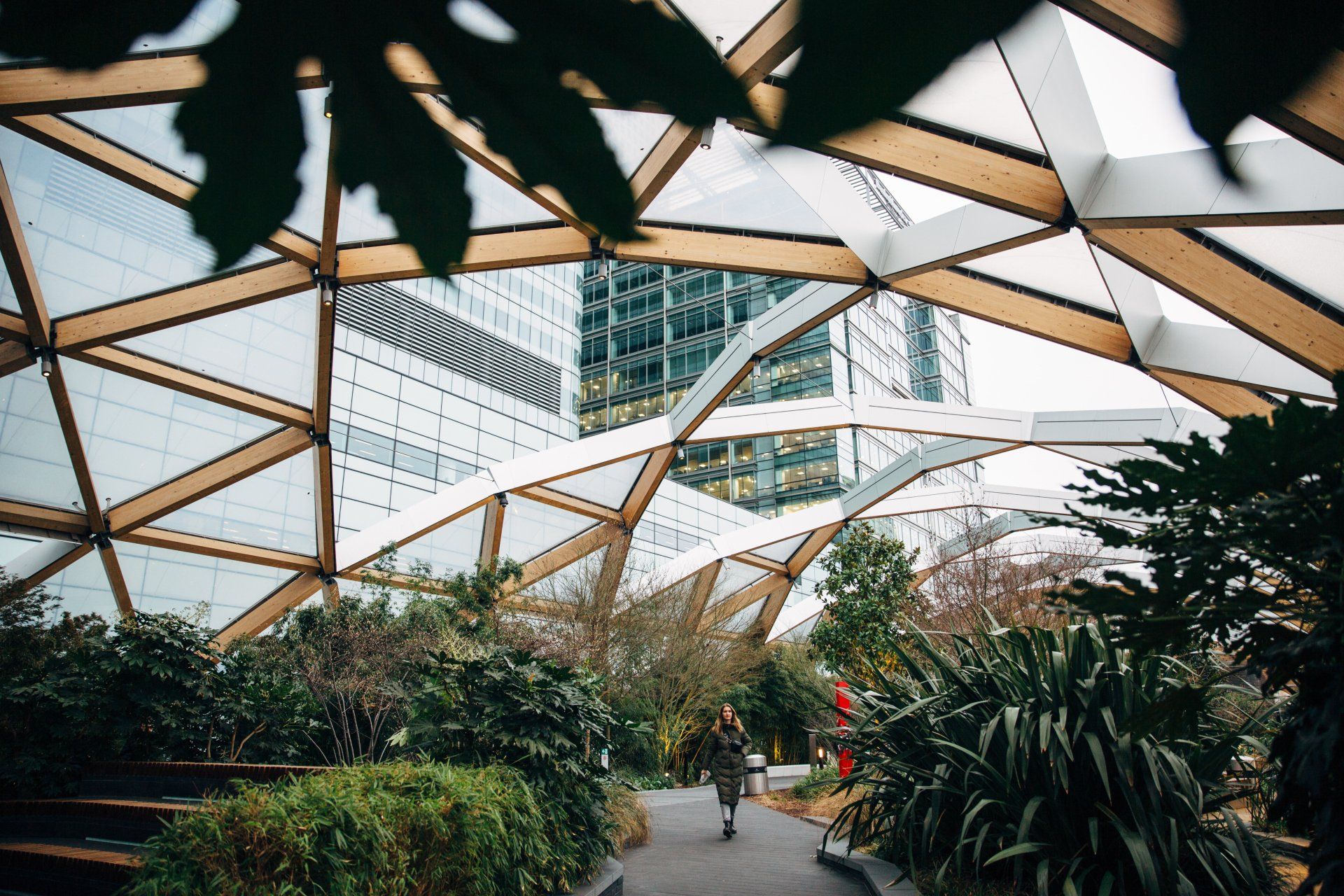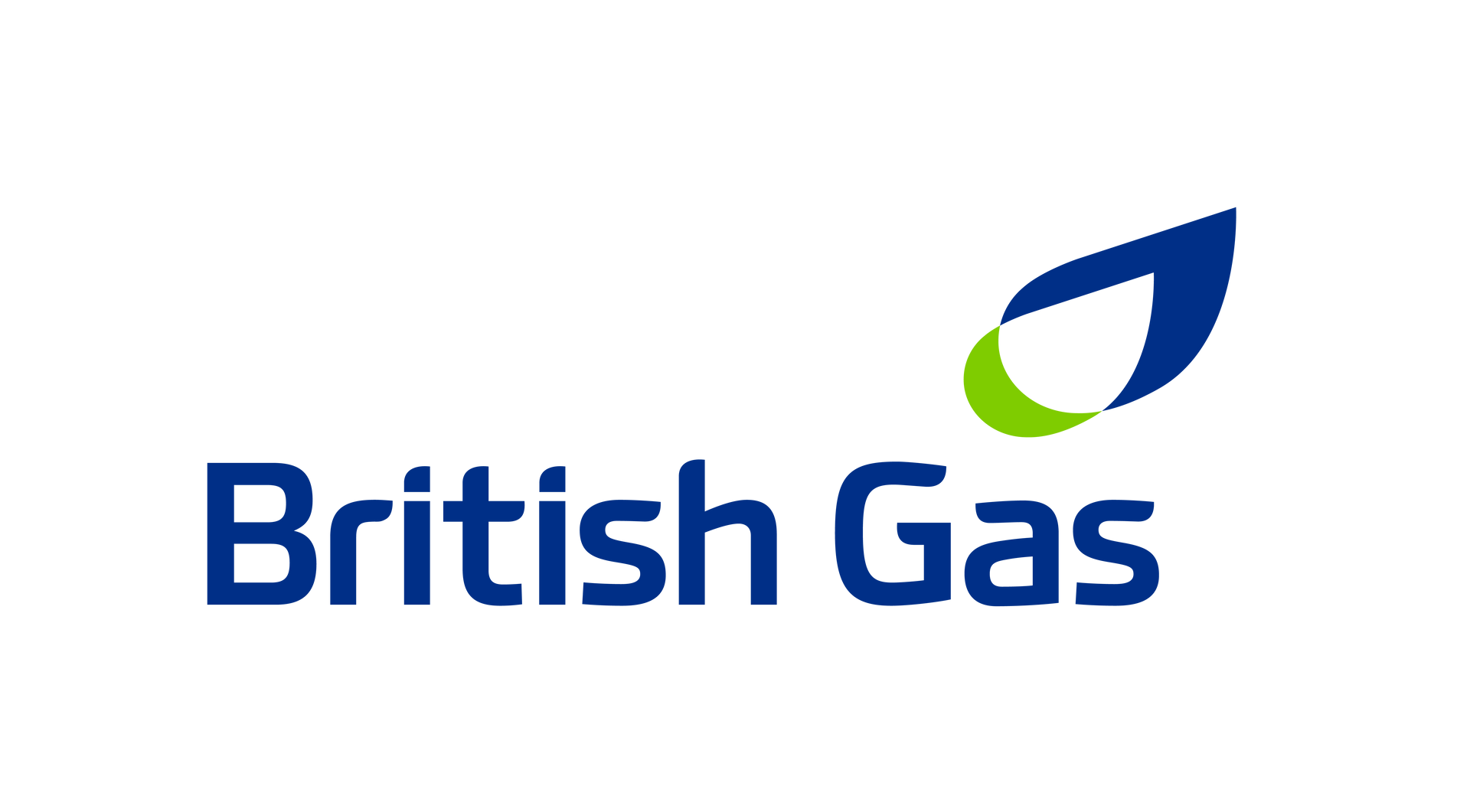Energy spending is forecast to recover to almost pre-pandemic levels this year – but the International Energy Agency (IEA) warns this is nowhere near enough to put the world on track for net zero by 2050.
More investment needed in clean energy
The organisation has warned the gap between current investment trends and the required spending on climate mitigation is “a critical fault line in the clean energy transition “. Stressing that significantly more investment is needed to be directed into the clean energy sector, particularly in emerging markets and developing countries.
Renewable energy investment
The report highlights that renewables are forecast to make up 70% of investment in new power generation capacity this year, with energy spending trends continuing to shift towards electricity markets.
Reaching a clean future
The IEA predicts a 10% rebound will see total energy spending around the globe hit $1.9 trillion (£1.34tn) in 2021, with clean energy investments rising by around 7% over the same period to a height of $750 billion (£530bn).
Although this sounds positive, the IEA says this level of financial commitment falls “far below” the expenditure needed to align the world’s energy systems to a truly clean future. It states clean energy spending will need to triple in the 2020s to get on track to deliver net zero by 2050 and enable temperature increases to be limited to 1.5°C.
Fatih Birol, Executive Director of the IEA, said: “The rebound in energy investment is a welcome sign, and I’m encouraged to see more of it flowing towards renewables, but much greater resources have to be mobilised and directed to clean energy technologies to put the world on track to reach net-zero emissions by 2050."
British Gas Business
We’re focused on a low carbon future, which is why we want to help your business achieve its net zero goals. Discover how can become a sustainable business with us below.



